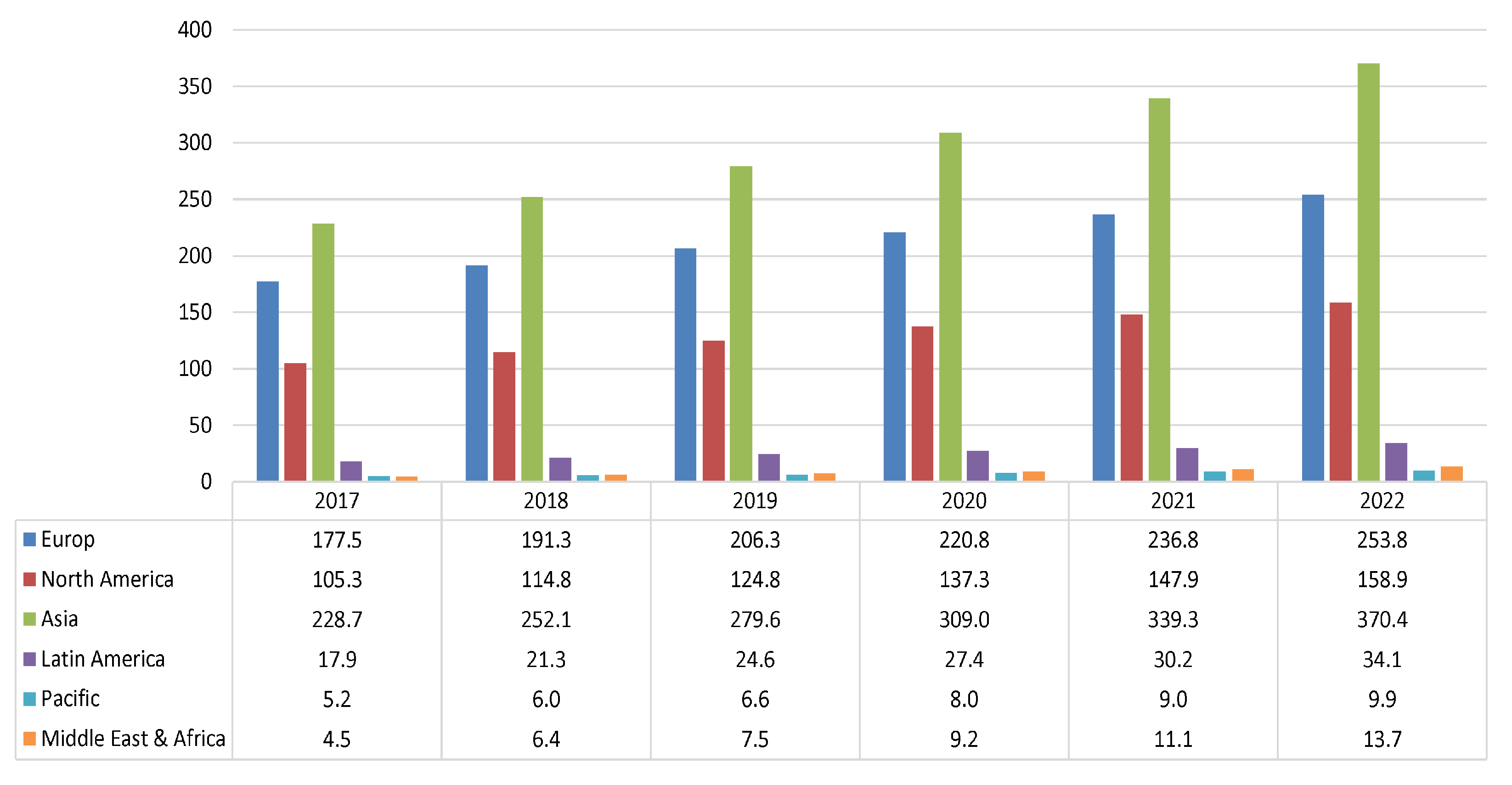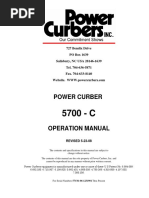
In the old day's it was possible to create a VMFS partition on a flash drive, VMware even did it automatically.
- Hobbyelektronik.org(German Description Only): A Somewhat Smaller PCB For AVR-Doper.
- See Full List On Obdev.at
- See More Results
- Www.rototron.info: This Is A Simplified Version Without The High Voltage Serial Programming Part.
Unfortunately, there is no device class for USB GPSes. Nor is there a device class for USB-to-serial adapter chips. Both are assigned the catch-all class 0xFF, 'Vendor Specific'. Almost every USB GPS we've ever seen consists of a GPS module with TTL-level RS232 outputs connected to an RS232-to-USB adapter chip, and presents the class ID 0xFF to. Studenten blijken de peer feedback van hun medestudenten onder andere intensief te gebruiken voor het reviseren van hun werkstukken (Van den Berg, 2003; Berg, Admiraal & Pilot, 2001). I've been beating my head against the wall trying to find a way to download pictures from a digital camera using VBA for Access. In the past, I've used the WIA to connect to the camera, but that was on Windows XP machines. With the conversion over to Windows 7, the old code no longer works. Dear Greg, Could you show me the VBA code about using WIA. Van den Berg CPT Crawler design can be based on customer specifi c requirements and/or existing crawler vehicles/chassis. Brochure On-7) CPT Truck The A.P. Van den Berg CPT Truck is a vehicle suitable for soil investigations in pushing capacities from 140 to 200 kN or even more. Van den Berg has more than 40 years’ experi.
But if you try do do this now, there is no obvious way to do this.Disclaimer: this guide is not for the faint of heart we will be rewriting the entire partition table, if you are not careful you WILL destroy your data. Make sure you have a backup of your ESXi drive and/or configuration.
This is probably not recommended for production environment's, use at your own risk.
The reason I made this post is I wanted to use my 2 Sandisk Cruzer fit 64GB drives (https://www.sandisk.com/home/usb-flash/cruzer-fit) for something other than just booting ESXi, obviously they are not gonna break any speed records, but a simple VM like FreeNAS should be fine to run on there, and it's a nice place to store some ISO's.
 Collect information:
Collect information:ls -lah /dev/disks/
There is the USB drive 't10.SanDisk00Cruzer_Fit0000000000004C530001290828121532' and it's corresponding partitions 1...5,6,7,8 and 9... (no idea what happened to partitions 2 trough 4, this is a clean install)
Hobbyelektronik.org(German Description Only): A Somewhat Smaller PCB For AVR-Doper.
We need the 'vml... ' name for this:
with esxcli system coredump partition get you can verify it's disabled.
Right! of to the races then:
nope, that's not good, that definitely not good.
now I have just one partition, starting at 7086080 and ending 122575949, just no boot partitions anymore. Don't worry there is still a way to recover, since ESXi run's from memory it does not really need the boot drive unless the host is (re)booted.
So how to get to the numbers that we need:
The original partition table was this:
gpt
7667 255 63 123174912
1 64 8191 C12A7328F81F11D2BA4B00A0C93EC93B systemPartition 128
5 8224 520191 EBD0A0A2B9E5443387C068B6B72699C7 linuxNative 0
6 520224 1032191 EBD0A0A2B9E5443387C068B6B72699C7 linuxNative 0
7 1032224 1257471 9D27538040AD11DBBF97000C2911D1B8 vmkDiagnostic 0
8 1257504 1843199 EBD0A0A2B9E5443387C068B6B72699C7 linuxNative 0
9 1843200 7086079 9D27538040AD11DBBF97000C2911D1B8 vmkDiagnostic 0
Also: what are all these numbers C12A7328F81F11D2BA4B00A0C93EC93B / 9D27538040AD11DBBF97000C2911D1B8 etc? you can find this using the command partedUtil showGuids
This will list all the possible partition GUID's that VMware understands
 we want a vmfs partition so we pick AA31E02A400F11DB9590000C2911D1B8
we want a vmfs partition so we pick AA31E02A400F11DB9590000C2911D1B8and now for the correct syntax of the command: rewrite the entire partition table in one command like this:
partedUtil setptbl '/dev/disks/vml.0000000000766d68626133323a303a30' gpt '1 64 8191 C12A7328F81F11D2BA4B00A0C93EC93B 128' '5 8224 520191 EBD0A0A2B9E5443387C068B6B72699C7 0' '6 520224 1032191 EBD0A0A2B9E5443387C068B6B72699C7 0' '7 1032224 1257471 9D27538040AD11DBBF97000C2911D1B8 0' '8 1257504 1843199 EBD0A0A2B9E5443387C068B6B72699C7 0' '9 1843200 7086079 9D27538040AD11DBBF97000C2911D1B8 0' '10 7086080 123170354 AA31E02A400F11DB9590000C2911D1B8 0'
and we have a partition 10:
now the partition is not formatted yet, so we do that using either vmfs5 or vmfs6:
vmkfstools -C vmfs5 -S USB-Datastore1 /dev/disks/vml.0000000000766d68626133323a303a30:10
vmkfstools -C vmfs6 -S USB-Datastore1 /dev/disks/vml.0000000000766d68626133323a303a30:10
See Full List On Obdev.at
and if we rescan the host for new datastores:
after all is done, we can re-enable coredump creation:
esxcli system coredump partition set --enable true
and verify using
esxcli system coredump partition get

Some interesting read's for more information and how to use an entire (USB) drive, where I got most of the information and inspiration for this post:

https://kb.vmware.com/articleview?docid=1036609
https://communities.vmware.com/thread/582002
https://docs.vmware.com/en/VMware-vSphere/6.5/com.vmware.vsphere.storage.doc/GUID-2062B38D-C1F0-4620-BC29-EDD566B0D4D1.html
See More Results
https://www.virten.net/2016/11/usb-devices-as-vmfs-datastore-in-vsphere-esxi-6-5/
http://iamjoost.com/2017/06/01/usb-drive-as-datastore-on-esxi-6-0/
Www.rototron.info: This Is A Simplified Version Without The High Voltage Serial Programming Part.
At October 1 HP released HP Service Pack for ProLiant 2015.10.0 . The SPP contains firmware and drivers for HP ProLiant servers
One of the reasons to frequently update your firmware and drivers is support by HP. HP supports each SPP version for 12 months from the release date. I have seen many issues solved by installing the lastest firmware and drivers.
SPP 2015.10.0 contains a new version of HP Smart Update Manager (v7.4.0).
The release notes are here.
Some important notes:
- The SPP 2015.10.0 is the final version that includes support for VMware ESXi 5.0. Support for
VMware ESXi 5.0 will still be available on hp.com. - The 2015.10.0 SPP does not contain support for the HP ProLiant Smart Array Controller Driver for
VMware vSphere. An updated driver will be released in the future
The following issues from SPP 2015.06.0 have been fixed in SPP 2015.10.0:
- Upgrading Broadcom drivers from SPP 2014.09.0 will return an error in VMware
- HP CNU shows as ready for install on every launch
- Mellanox Ethernet drivers are not supported on VMware ESXi 6.0
- HP SUM fails to deploy NIC updates and displays the error ‘return code-3’
- Systems with Emulex Fibre Channel HBAs cycle back to POST when booting from iLO-mounted
media - The QLogic P3 firmware offline interactive update installs with ‘update returned an error’
message - Emulex Fibre Channel Host Bus firmware flash component incorrectly reports a failure with
multiple port cards on VMware - HP Service Pack for ProLiant 2015.10.0 Release Notes 6
- Option to deploy QLogic Fibre Channel HBA firmware not presented for some VMware hosts
See the HP Service Pack for ProLiant Release Notes 2015.06.0, Known Issues section, for more information
In order to download the Service Pack for ProLiant, an active warranty or HP support agreement is required according the HP website. However I was able to download using a HP Passport account without warranty or support.
Download here or here.
